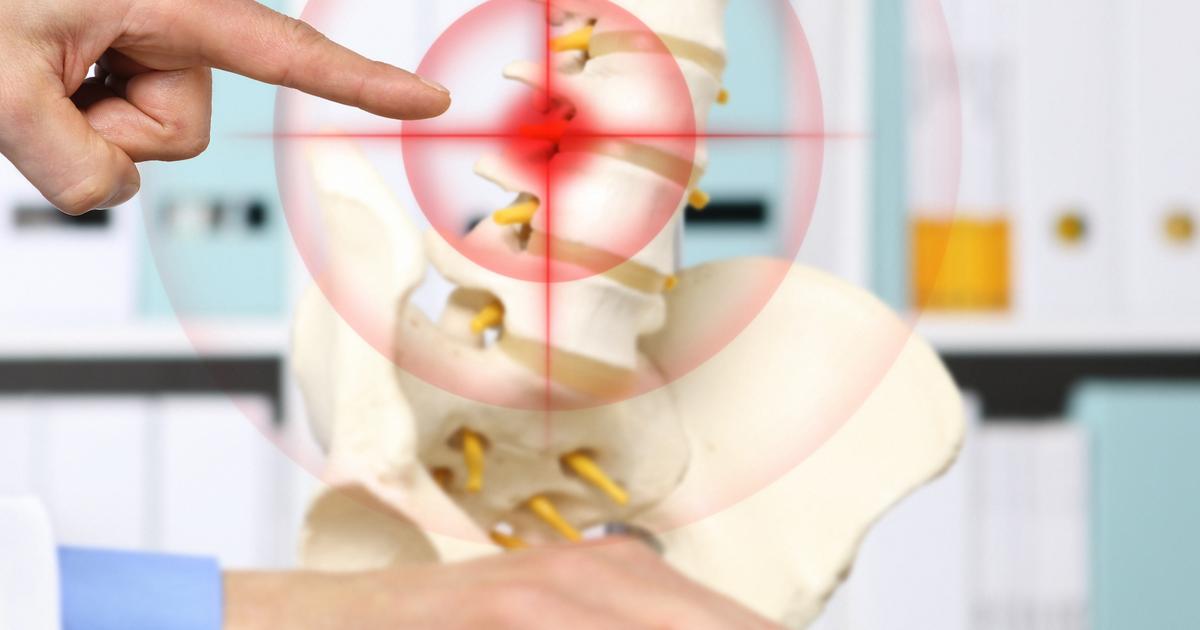What Are Incisional Hernias?
Diagnosing An Incisional Hernia
Several techniques are used by a health care provider for diagnosing an incisional hernia. First, the physician usually asks questions about the patient's medical history. The physician will ask the affected individual if they have had abdominal pain, constipation, a lump in the abdomen near a recent surgical site, fever, and nausea. They will inquire about previous surgeries and any complications that occurred with them. The physician will do a physical examination to look for characteristics of an incisional hernia. In some cases, a part of the patient's intestine becomes compressed in the abdominal wall where the incisional hernia is located, and it cuts off the intestine's blood supply. This compression can cause the tissues of the individual's intestine to die. Additional diagnostic tests can be run to check for these life-threatening complications that occur in some cases of an incisional hernia. A blood test can be performed to detect and identify any infections that may have been caused by necrosis or intestinal obstruction. A CT scan, ultrasound, and MRI are diagnostic imaging tests that may be used to help a physician detect any blockages or pinpoint the exact location of the hernia.
Learn about the frequency of incisional hernias next.
Frequency Of Occurrence

An incisional hernia's frequency is based on numerous factors. Studies have proven all major abdominal surgical procedures carry a thirty-three percent risk of an incisional hernia post-operation. It is estimated that less than one-fifth of all hernias that occur in the abdominal region are considered incisional hernias. The highest occurrence of incisional hernia happens with a midline type of incision at seventy-four percent, where it is less common with transverse and paramedian incisions. Horizontal incisions are less likely to result in an abdominal hernia than vertical incisions. Incisions in the upper abdominal region are more likely to cause an incisional hernia than those in the lower abdominal area. Individuals who have a body mass index of over twenty-five are more likely to experience an incisional hernia. An infected surgical wound that is healing is sixty-eight percent more likely to result in an incisional hernia. Other factors that make an individual more susceptible to experiencing an incisional hernia are an intra-operative blood transfusion, pre-operative chemotherapy, being elderly or of advanced age, and pregnancy.
Discover how incisional hernias are treated next.
